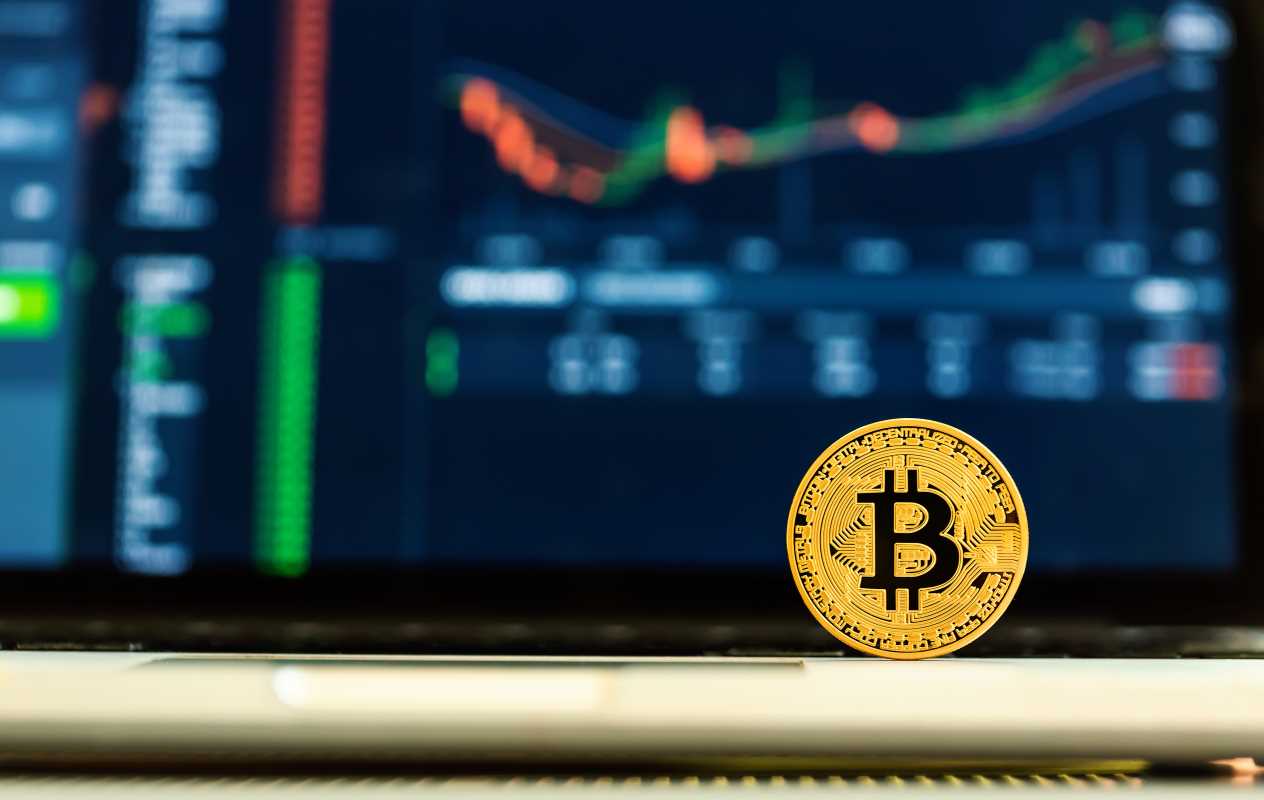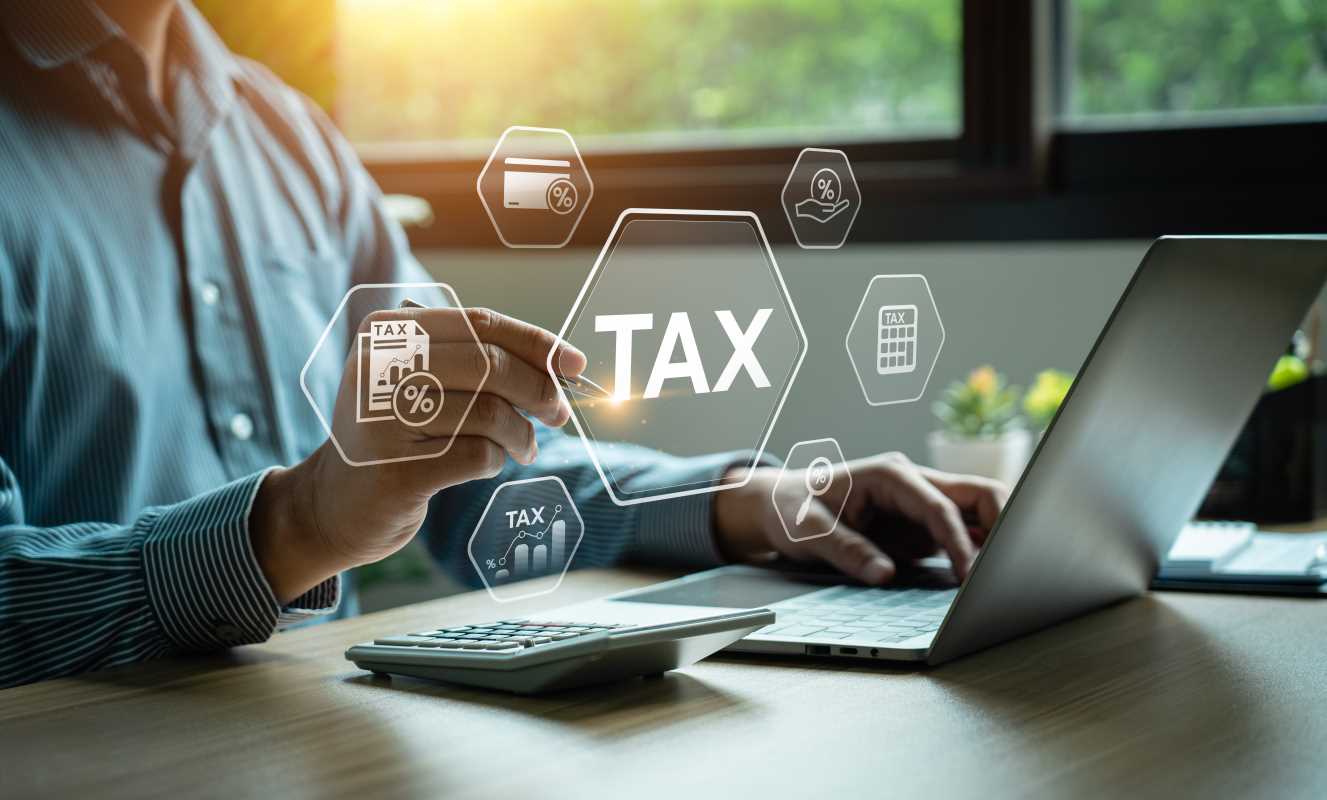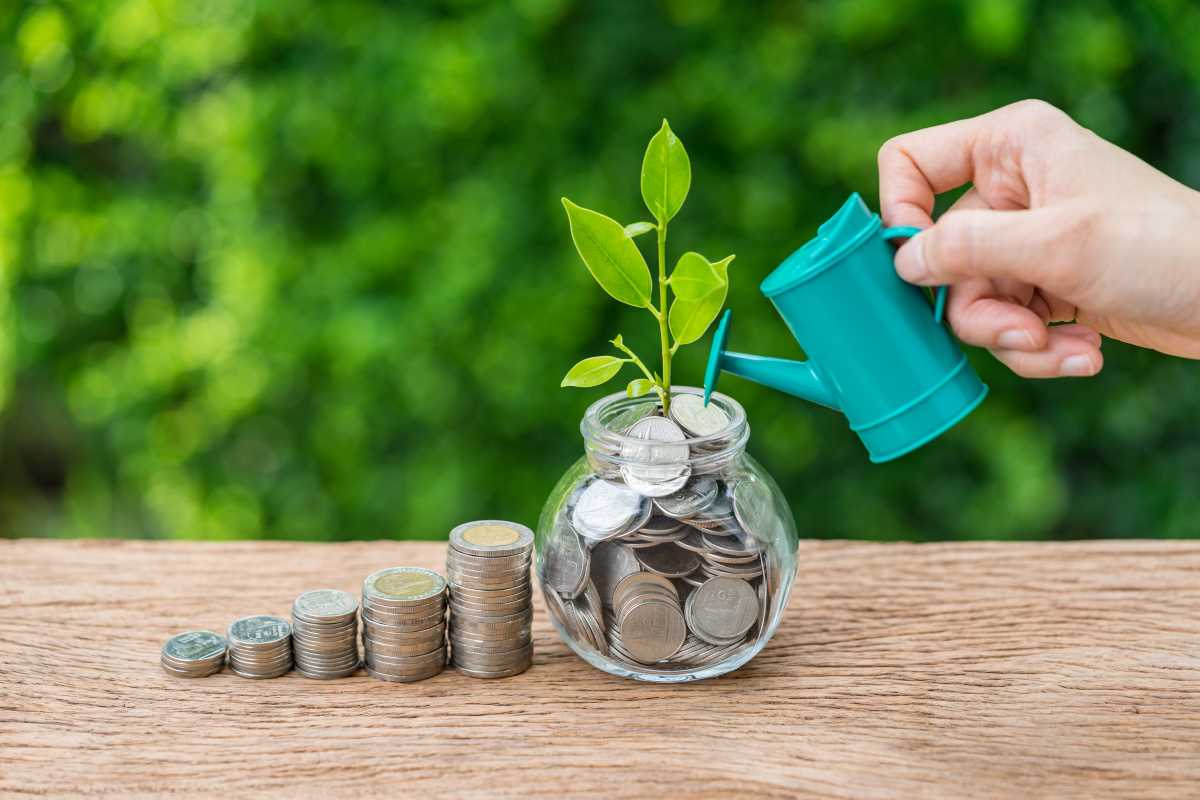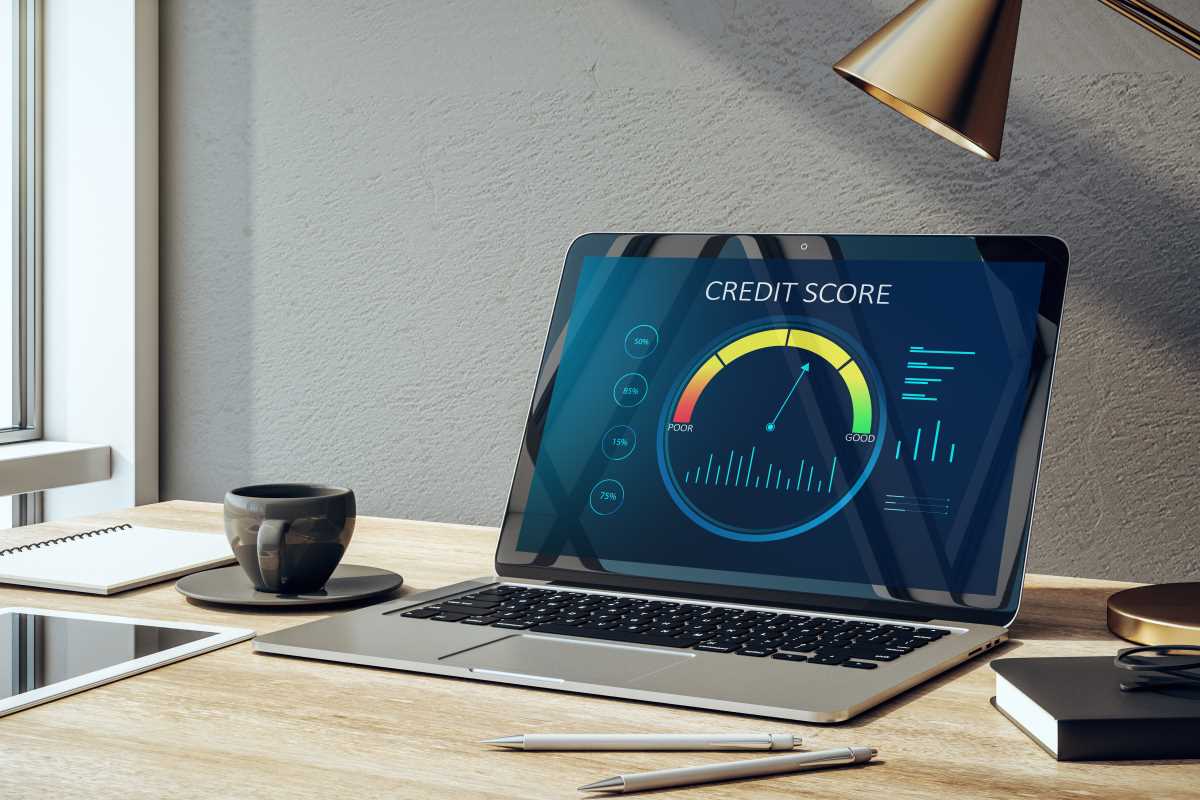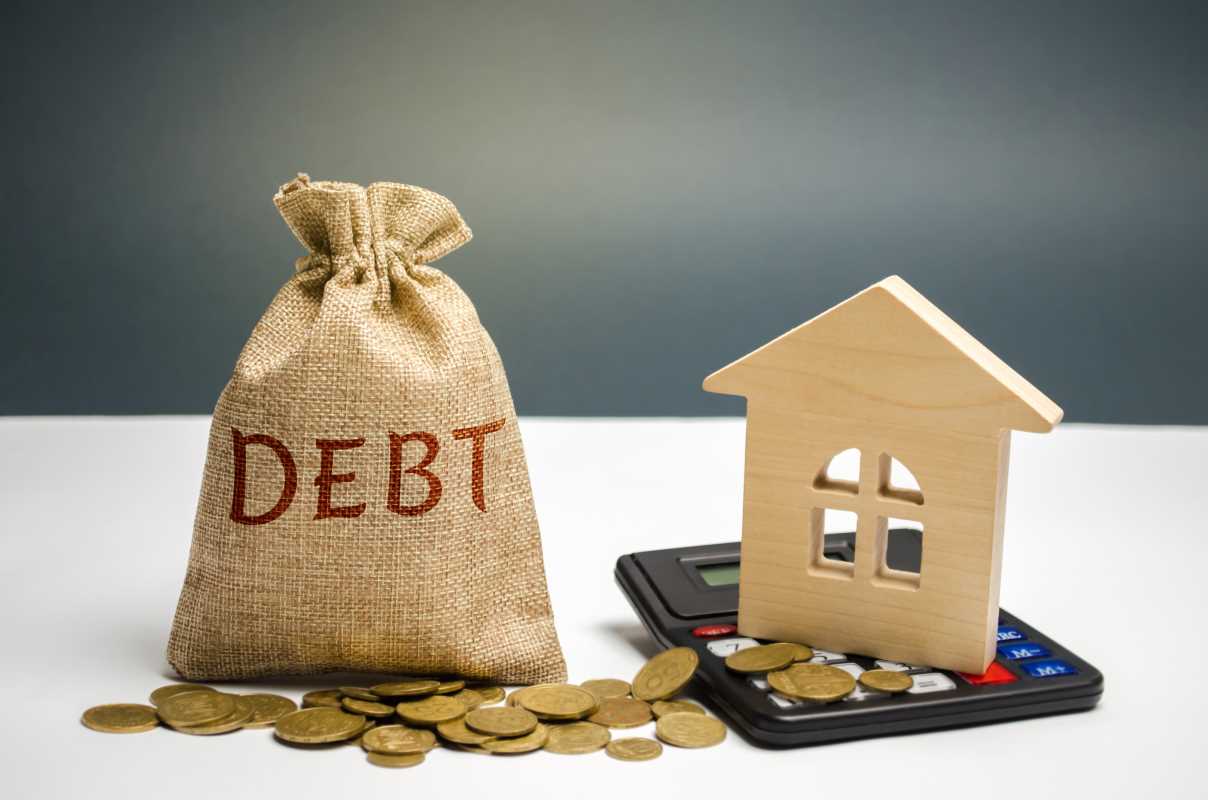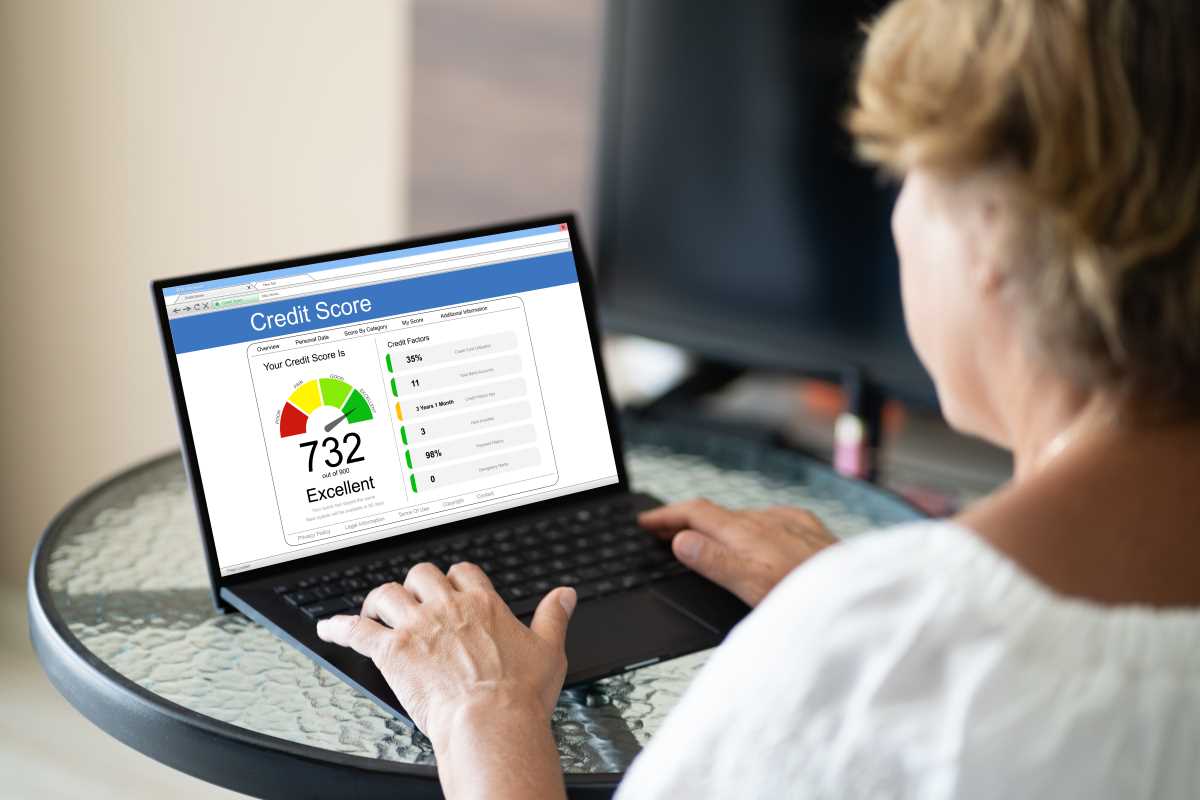Online threats continue to challenge those who hold cryptocurrency, making it vital to understand how to keep your digital assets safe. This article offers straightforward advice and real-life examples to guide you through the essential steps for protecting your investments. By following these practical suggestions, you gain greater control over your security and reduce the risks that come with managing cryptocurrency. Taking action now helps you protect what you have earned and ensures you can navigate the digital world with increased peace of mind. Stay alert and make safety a top priority when handling your valuable assets.
Protecting digital money is not just a matter of luck. It involves taking small yet consistent measures every day. Learning how to spot online dangers and set up secure systems will help you preserve your investments. Let’s explore actionable steps and recommendations that fit easily into your everyday routines.
Understanding Common Online Threats to Cryptocurrency Assets
Cryptocurrency security issues range from simple scams to sophisticated hacking attempts. It is important for you to understand these risks so that you can better prepare and protect your assets. Knowing what types of threats exist helps you identify potential problems and react quickly if needed.
Below are some of the most common online threats to watch out for:
- Phishing attacks that trick you into giving up personal details or wallet credentials.
- Malware or viruses that silently infiltrate your computer or mobile device to steal sensitive information.
- Ransomware designed to lock your data until you pay a hefty fee.
- Fake or compromised websites mimicking trusted sources to capture login details.
- Social engineering scams where attackers manipulate victims into making security mistakes.
Each threat requires vigilance and a proactive approach. By recognizing the warning signs, you can avoid falling victim to these scams. Researching new trends in crypto-related crimes often keeps you one step ahead of fraudsters.
Security starts with awareness. Even if you take steps to strengthen wallet bounds, staying informed about evolving threats is the first step towards protecting your digital finances.
Setting Up Strong Wallet Security
Building a robust system for managing your cryptocurrency begins with securing your wallet. You have multiple options when aiming to set up top-notch protection. Whether using a hardware wallet or a reputable software solution, choosing the right approach gives you peace of mind against unauthorized access.
Follow these steps to ensure your wallet remains safe from intrusion:
- Choose a trusted wallet provider, like Coinbase or Binance, known for strong security measures.
- Enable two-factor authentication to add an extra security layer beyond just your password.
- Regularly update your wallet software to benefit from the latest security features.
- Create secure backups of your wallet and store them in a safe place offline.
- Use a strong, unique password that combines letters, numbers, and symbols to prevent guesswork.
Each of these actions helps you reduce the risks of unauthorized access. A secure wallet means fewer worries about loss and theft, and it makes managing your investments smoother.
Combining these measures results in an overall safe setup for your digital assets. No single method is enough on its own, but a layered approach makes hackers overcome multiple hurdles, significantly reducing your risk of being compromised.
Best Practices for Safe Cryptocurrency Transactions
Carrying out transactions in cryptocurrency requires careful attention. Double-check every detail and avoid rushing through steps. Confirm addresses and amounts before you click ‘confirm’ to help prevent any unintended transfers, as errors may become irreversible in crypto exchanges.
To keep your transactions safe, keep a careful record of every operation. Using verified platforms and ensuring site security further protects you against fraudulent practices. Confirm that you’re operating on secure connections and consider using VPN services if needed, especially when handling large sums of money.
Always be cautious and take your time during transactions. The quick pace of digital exchanges should not rush you into making decisions that might jeopardize your funds. Spending a few extra minutes can be worth the security it provides.
Regularly verify digital certificates and the authenticity of crypto exchanges. These best practices protect you from common pitfalls and help ensure each transaction is secure and error-free.
Staying Informed: Monitoring and Responding to Threats
Keeping yourself updated on the latest security measures, scam alerts, and emerging threats helps you stay protected. It allows you to adjust your security approach based on what other users experience. Regularly check news from reliable sources and crypto communities to stay informed about any breaches or new attacks.
Monitor your account activity daily and keep track of transaction logs to detect suspicious behavior early. Sign up for newsletters, follow trusted security blogs, and periodically review your security settings for added protection.
By staying informed and updating your security practices, you protect your digital investments and enjoy greater peace of mind.
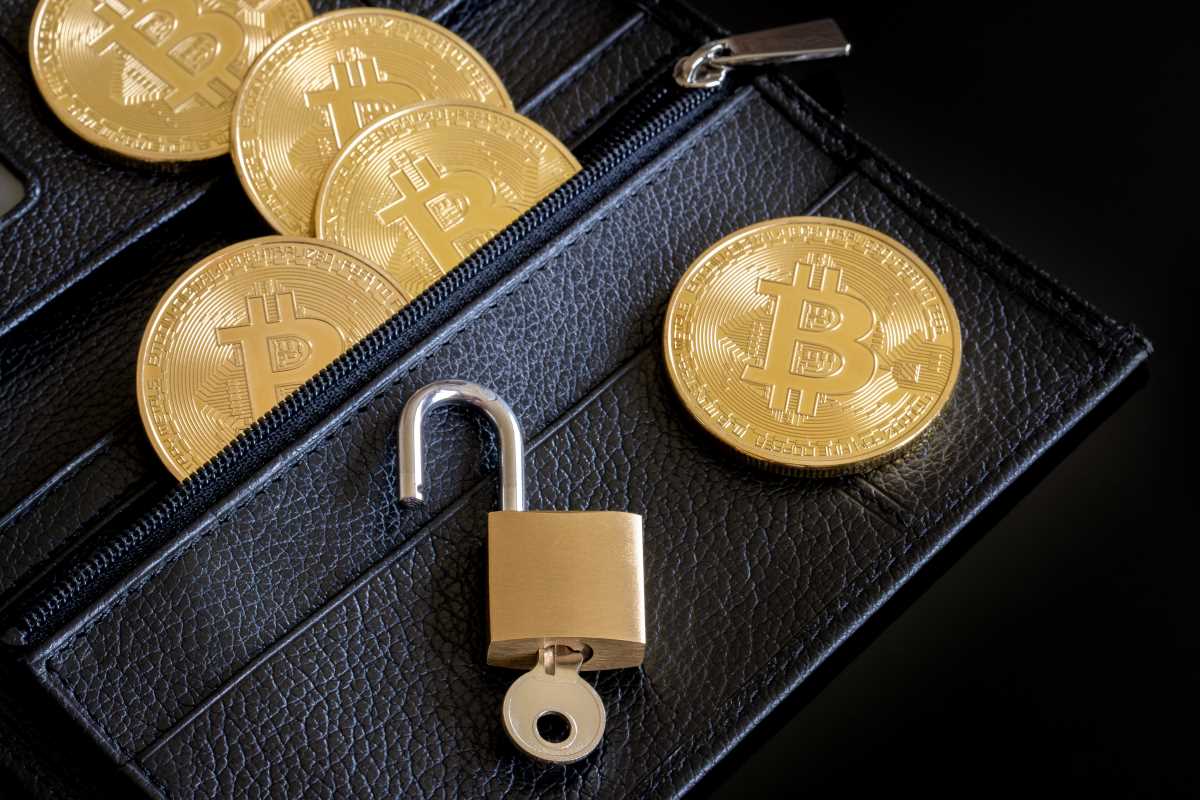 (Image via
(Image via